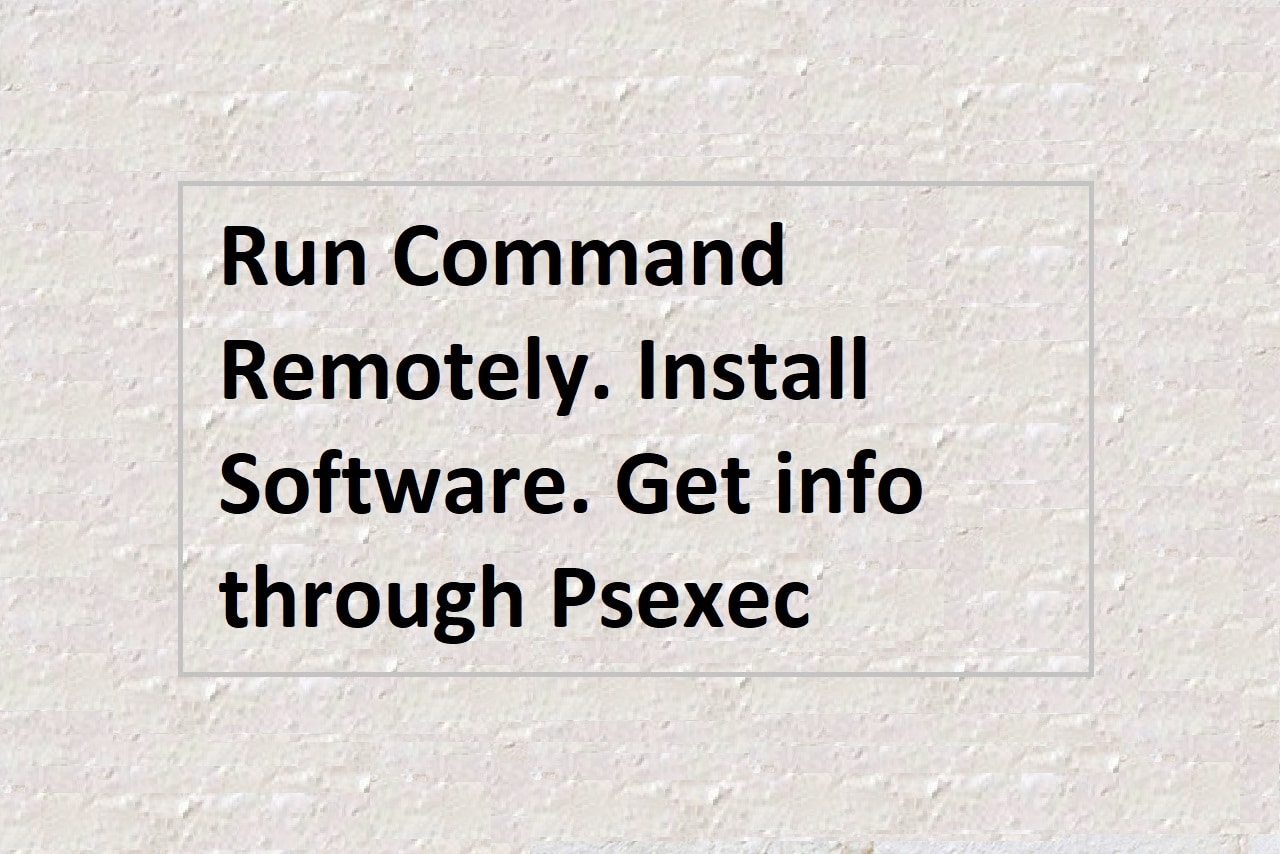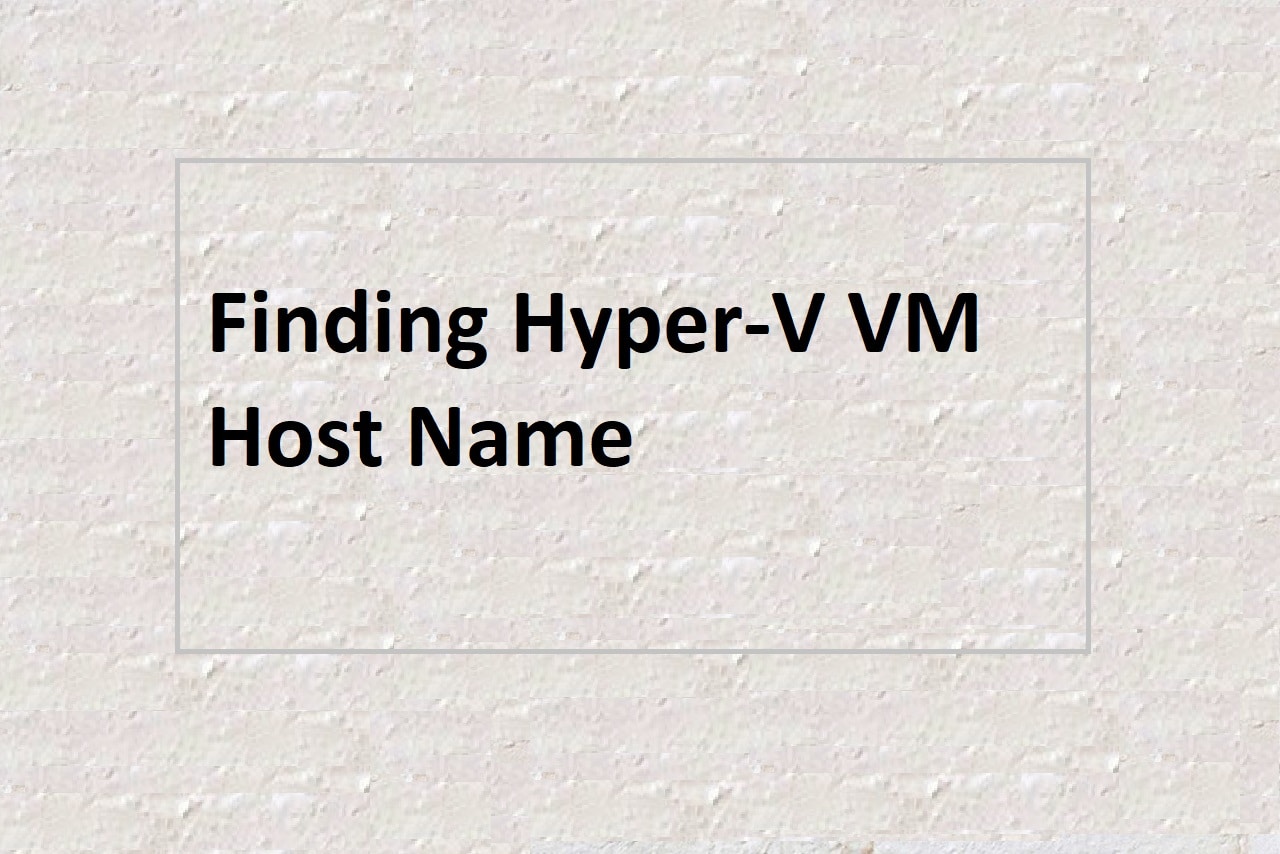
Overview
Every time a person login onto their computer, the logon batch file—a script file—runs automatically in Windows operating systems. It is used to automate repetitive processes and carry out certain tasks each time a user logs in, such as adjusting settings, starting programs, and creating environment variables. The logon batch file is an effective tool for automating processes and streamlining a user’s workspace. You can use it to make logging into a Windows machine easier and save time and effort by not having to set up the environment every time. It should only be used sparingly and for tasks that are essential for the user’s workplace.
The logon batch file is typically located in the Windows startup folder, which can be found at the following path:
C:\Users\Username\AppData\Roaming\Microsoft\Windows\Start Menu\Programs\StartupReplace “Username” with the name of the user account you want to create the logon batch file for.
For domain-joined computers, the logon batch file can also be found in the SYSVOL folder of the domain controller, typically located at the following path:
%SystemRoot%\SYSVOL\sysvol\<domain DNS name>\scriptsReplace “domain DNS name” with the fully-qualified domain name of your domain.
To create a logon batch file, you can use any text editor such as Notepad, and save the file with a .bat extension. You can then place the file in the Windows startup folder or in the SYSVOL folder of the domain controller, as mentioned above.
Here are some examples of tasks that can be automated using the logon batch file:
- Setting environment variables
- Mapping network drives
- Starting programs automatically
- Setting the default printer
- Configuring the display resolution
It is important to note that the logon batch file should only be used to perform tasks that are necessary for the user’s work environment. Avoid using it to run unnecessary programs or applications, as this can slow down the logon process and negatively impact the user’s experience.


